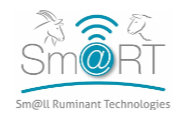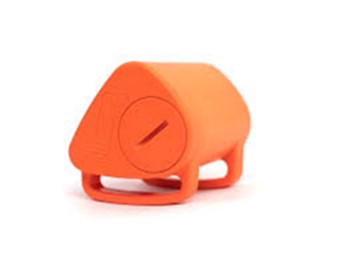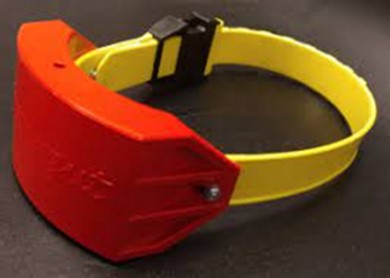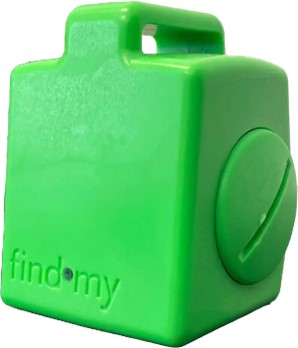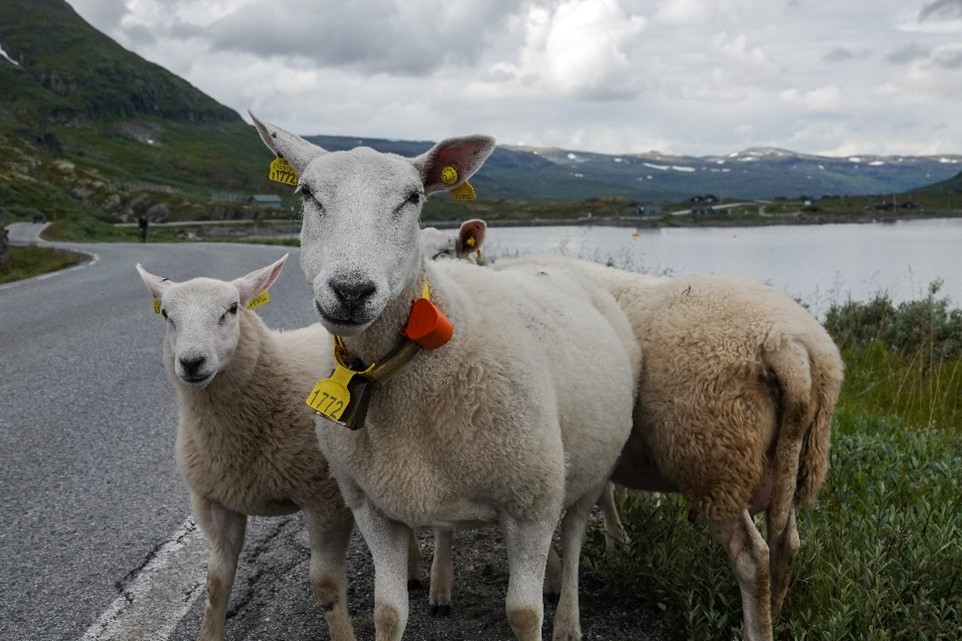Need:
- Surveillance of animals on pastures, particularly large rangeland areas.
Aim:
- Improved surveillance and animal welfare for grazing livestock
- Alarms when there is something wrong with an animal on pasture
- Timesaving and improved revenue for farmers
- Realtime data on whereabouts of livestock
- Ease of gathering animals from pasture in the autumn
Description:
A GPS-collar / E-bell provide realtime information on the position of an animal.
This information can be monitored from laptop, tablet or smartphone.
In addition to providing the position of an animal the GPS-collar commonly also provide:
- A geofence function: Define areas in the map and get alerts to your smartphone if the animal moves into or out of the area.
- Alerts from position and activity sensors: If the sensor(s) detects unusual behaviour it will transmit an alert to the farmers smartphone. Alerts provided may be:
- Low activity (i.e. animal is sick) or high activity (i.e. animal is chased).
- No movement.
- No change in position.
- Mortality alert.
- Analysis of grazing activity: I.e. heat maps of where animals graze the most.
How to implement:
Buy GPS-collars / E-bells directly from the company. Commonly you also need to buy battery and subscription per season or per year.
Activate E-bells in user portal on computer and/or turn on the E-bell via an app that is provided.
Hang the E-bells on the collar and animal.
During the grazing season you track your animals on the app/tablet/PC.
Alerts if animals experience abnormal activity are provided.
Expected benefits:
- Overview of animals while grazing.
- Comfort: It gives the farmer more freedom and provides security for grazing animals.
- Time saving: The farmer saves time on both supervision of animals during grazing season and when gathering animals in the autumn.
Prerequisites and/or limits:
- Availability of mobile network must be identified in order to choose the appropriate GPS collar provider. If mobile network is not available, a collar that communicates via satellite can be used.
- Wireless technologies like LTE-M, NB-IoT and LoRaWAN may be provided.
- Number of positions per day is limited due to battery capacity. Commonly a position report every 4th hour for 4 months can be expected.
- A two-way communication system is available for some GPS-collars, allowing adjustments of alarms and reports during grazing season. This is not provided by all.
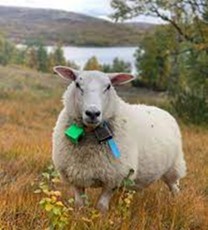
Country:
NORWAY
Production system (Dairy or/and meat sheep/goat):
Meat Sheep
Category of Animal (ewe, goat, replacement, lamb, kid):
Ewes
Source of information:
Attachment/links:
Findmy Model 2 -Sporing av husdyr på utmarksbeite (youtube.com)
